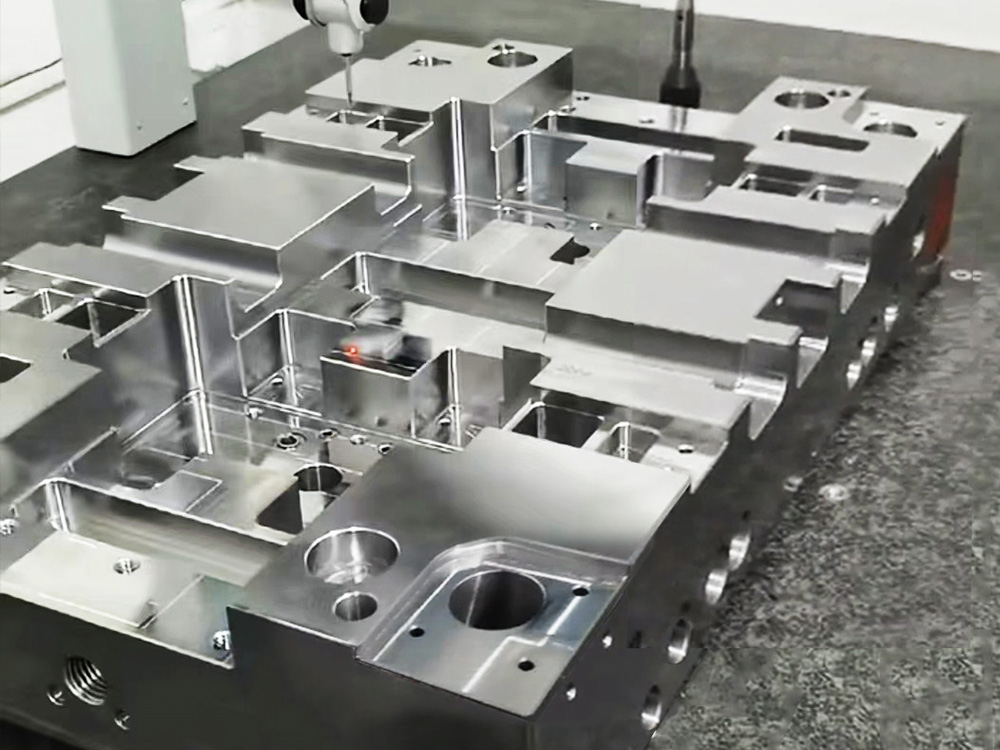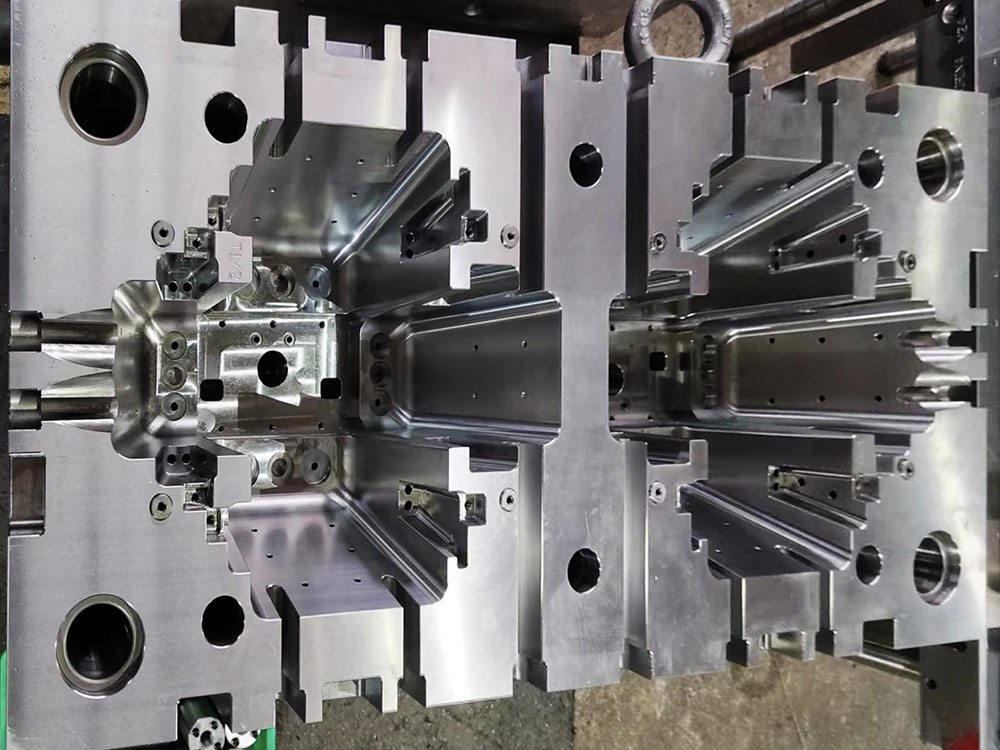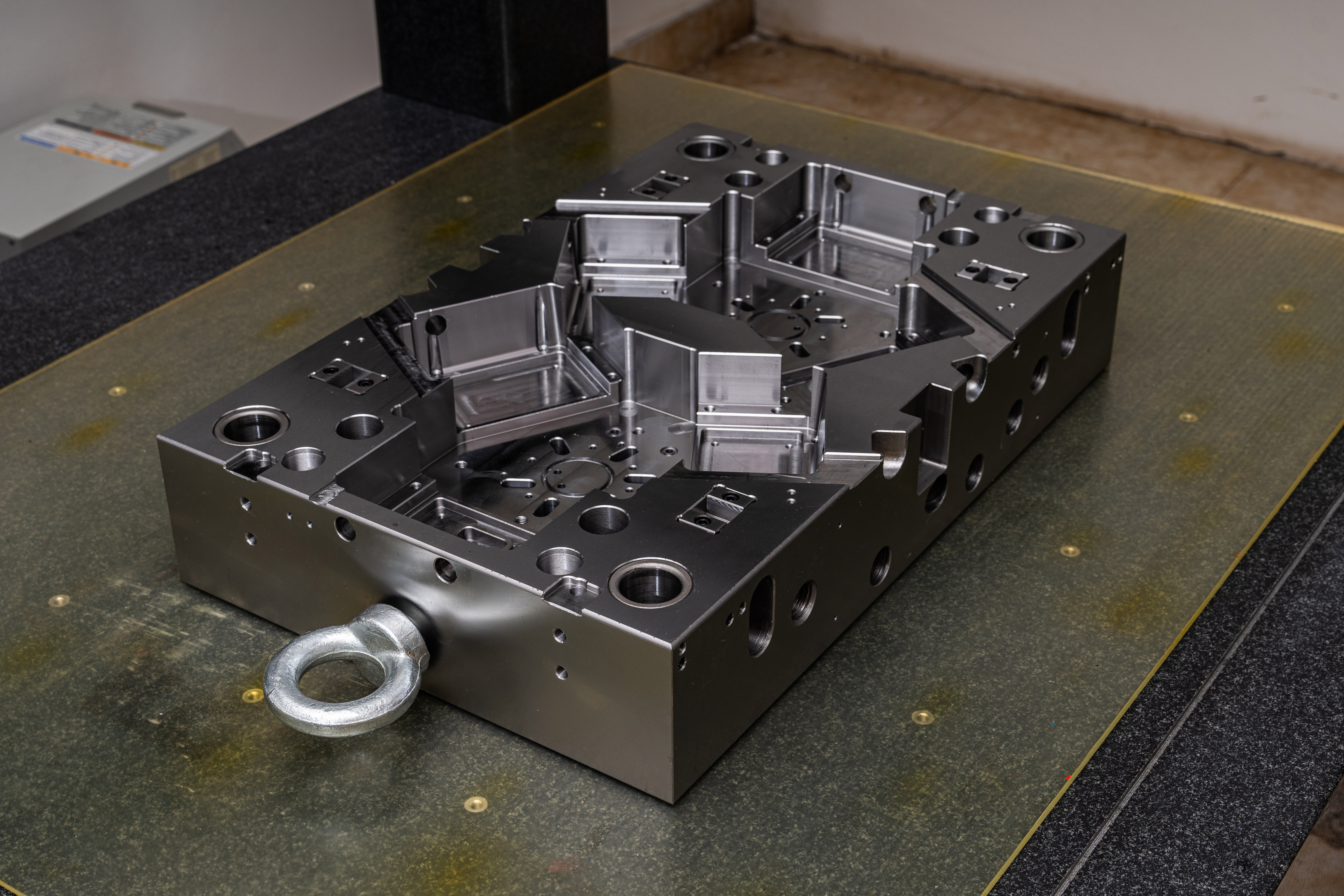How to Create Images on Mold Mold Bases?
Mold bases are crucial components in the manufacturing industry, as they serve as the foundation for creating molds that are used to produce various products. To ensure accurate and efficient production, creating images on mold bases is essential. In this article, we will explore the process of creating images on mold mold bases in a clear and professional manner.
1. Designing the Image
The first step in creating images on mold bases is to design the desired image using computer-aided design (CAD) software. This software allows for precise and detailed design, ensuring that the image will be accurately replicated on the mold base. It is important to consider factors such as size, shape, and complexity of the image during the design process.
2. Transferring the Image
Once the image is finalized, it needs to be transferred onto the mold base. There are several methods for image transfer, including engraving, etching, and laser marking. The chosen method depends on the material of the mold base and the desired level of accuracy and permanence.
3. Engraving
Engraving is a commonly used method for creating images on mold bases. It involves using a cutting tool, such as a rotary cutter or a laser, to remove layers of material from the mold base, thus creating the desired image. Engraving can be done manually or with the help of computer-controlled machines for more precise results.
4. Etching
Etching is another technique used for image transfer onto mold bases. It is a chemical process that involves using an acid or a mordant to selectively remove material from the mold base, creating the desired image. The mold base is typically coated with a resist material, such as wax or polymer, to protect the areas that should not be etched. Etching is known for its high level of accuracy and durability.
5. Laser Marking
Laser marking is a modern and highly efficient method for creating images on mold bases. It involves using a laser beam to heat and vaporize the surface of the mold base, creating the desired image. Laser marking provides excellent precision and can be used on a wide range of materials, including metals, plastics, and ceramics. It is faster and more cost-effective compared to traditional methods such as engraving and etching.
6. Quality Control
After the image is transferred onto the mold base, it is important to perform quality control checks to ensure accuracy and adherence to specifications. This can involve visual inspection, measurement, and comparison with the original design. Any discrepancies or errors should be corrected promptly to avoid issues during the manufacturing process.
Conclusion
In summary, creating images on mold bases is a critical step in the mold manufacturing process. It involves designing the image using CAD software, transferring the image onto the mold base through methods such as engraving, etching, or laser marking, and performing quality control checks. By following these steps with precision and attention to detail, manufacturers can produce mold bases with accurate and visually appealing images. This contributes to the overall quality and efficiency of the manufacturing process.




